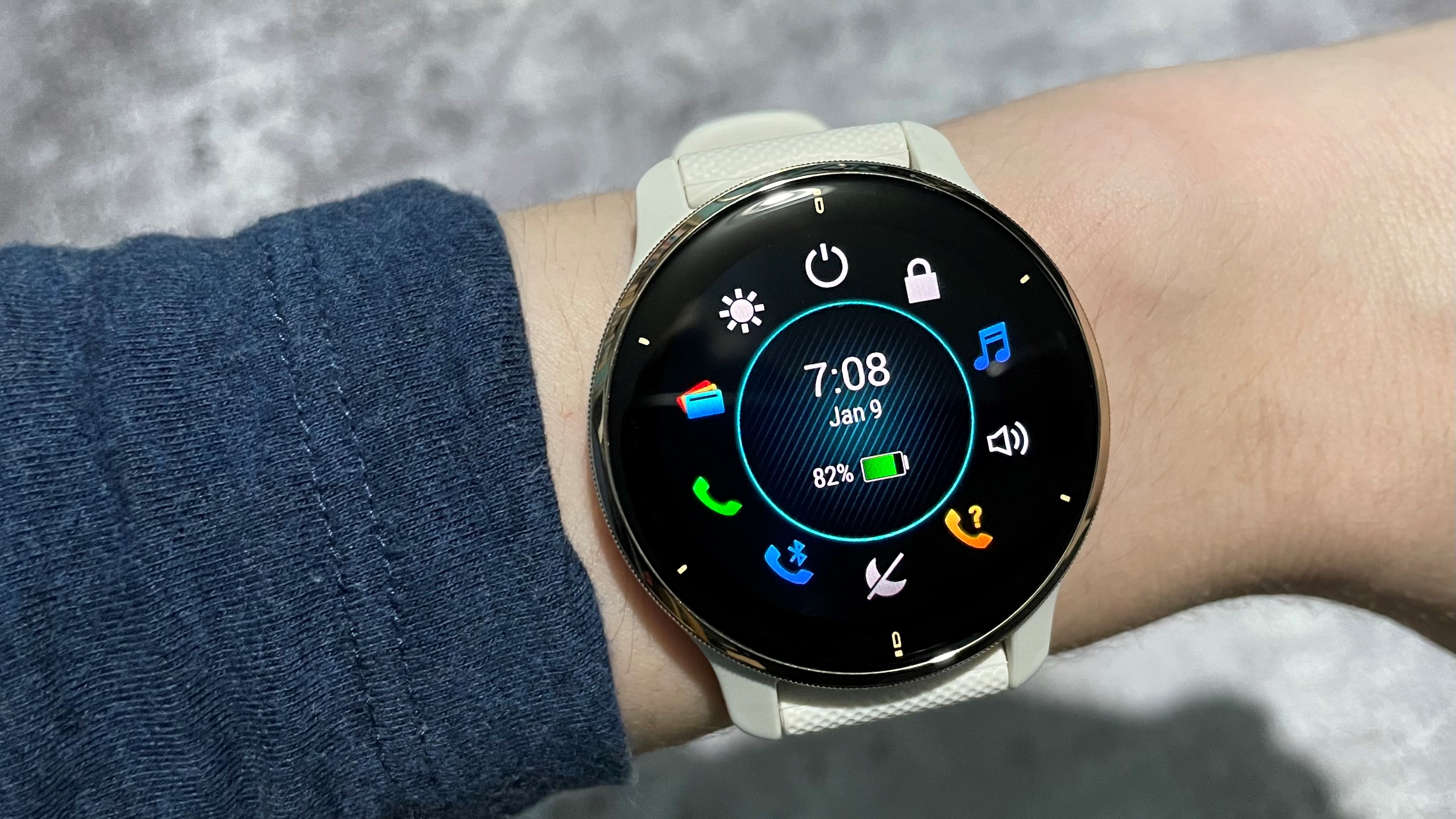Garmin's super-bright solar OLED watch could be cheaper than we'd expected

Garmin has registered a patent describing how a next-gen solar OLED smartwatch could be made more efficient, resulting in longer battery life. Best of all, this process wouldn't be particularly complicated or expensive.
Right now, if you're looking for a Garmin watch, you have to make a choice: you can opt for a device like the Venu 2 or Epix (Gen 2) with a bright, crisp OLED display and moderately long battery life, or one like the Instinct 2 or Fenix 7 that has a less attractive memory-in-pixel (MIP) display, but lasts much longer between charges.
If you want even longer battery life, Garmin's MIP watches are also available with Power Glass, which contains photovoltaic cells that turn light into electricity. That's not something that's possible with an OLED watch, as the photovoltaic film would obscure the screen.
It's a tough decision, particularly if you want to train outdoors for long periods. OLED is easily the best choice for mapping; it's easier to see in all lighting conditions, can have a higher resolution to show more map detail, and has a higher refresh rate and the display can update in real time as you change direction. However, if you're out exploring, the last thing you want is a low battery warning.
Here comes the sun
It looks like that could all be about to change, though. Earlier this year, TechRadar spotted a patent describing how Garmin could create a solar OLED watch display without using a layer of film. An OLED screen uses red, green, and blue sub-pixels to recreate different colors, and the patent explains how Garmin could place photovoltaic regions in between those sub-pixels to gather solar energy.
Now, the company has registered another patent describing how those photovoltaic areas could be made more efficient – without adding expensive materials.
Photovoltaic material is often made up of cells connected by tiny metal electrodes. Making the metal thicker gives a more efficient connection as less energy is lost as heat, but it's not as simple as it sounds.
Sign up for breaking news, reviews, opinion, top tech deals, and more.
Thickening the metal means adding an extra layer on top of one that has been exposed to the air, and has a thin layer of oxidation on top. This oxidized layer insulates the electrode and makes it less efficient.
There are ways around this (such as depositing a fine layer of gold over the metal before it can oxidize), but these make the manufacturing process more complicated and expensive, which Garmin naturally wants to avoid. The patent describes how, instead of adding extra materials, Garmin could use carefully controlled electrical sweeps to break down the metal oxide.
Of course, a patent isn't a guarantee that we're going to see a super-efficient solar OLED watch on sale in the near future, but it's heartening to see that Garmin is investing so much effort and research into the concept. Hopefully it won't be too long until we can have the best of both worlds – a super bright watch that can last weeks between charges with a daily dose of sunlight.

Cat is TechRadar's Homes Editor specializing in kitchen appliances and smart home technology. She's been a tech journalist for 15 years, having worked on print magazines including PC Plus and PC Format, and is a Speciality Coffee Association (SCA) certified barista. Whether you want to invest in some smart lights or pick up a new espresso machine, she's the right person to help.